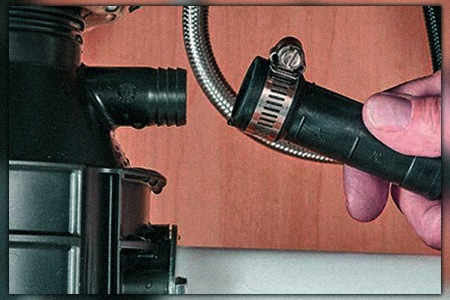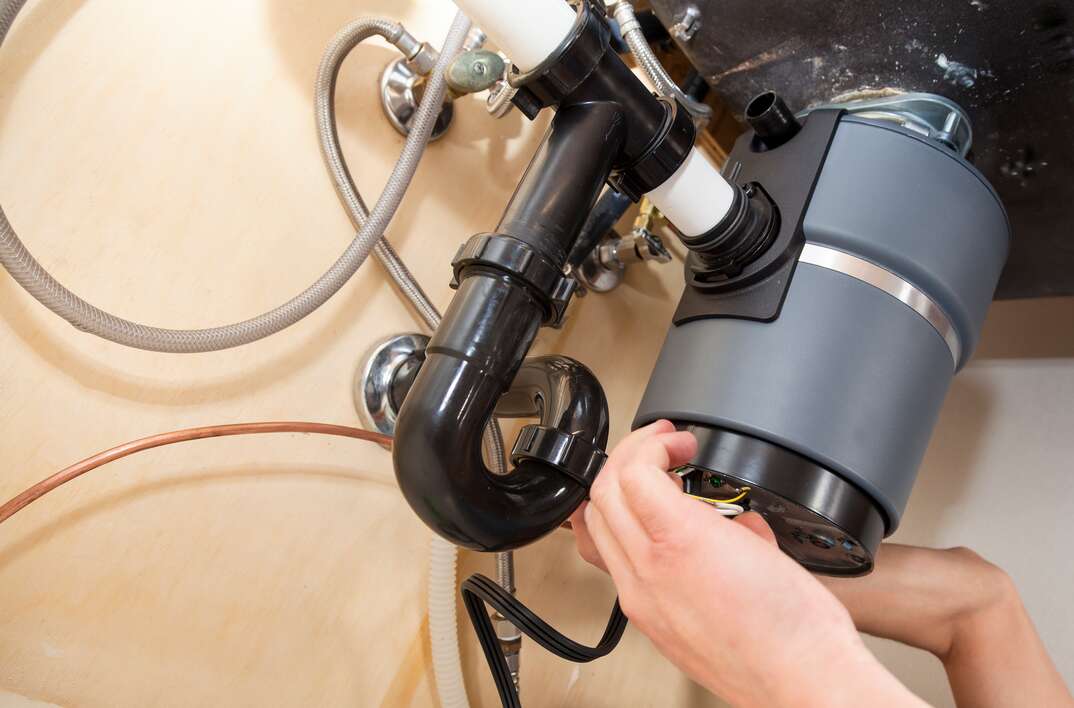Presented here below you will find additional professional tips about How to fix a pretty consistent leak from my garbage disposal.

Waste disposal unit are vital kitchen area home appliances that assist in throwing away food waste successfully. Nevertheless, a leaking garbage disposal can be an aggravating and unpleasant trouble to take care of. Luckily, lots of leaks can be repaired easily with a couple of simple actions. In this short article, we will go over how to take care of a leaking waste disposal unit effectively.
Intro
Garbage disposals are mounted under kitchen area sinks and are designed to shred food waste right into smaller sized pieces, enabling it to pass through the plumbing system easily. While these tools are typically trusted, leaks can take place over time because of damage, loose links, or damage to the system.
Usual Causes of Leakages in Waste Disposals
Worn Seals and Gaskets
Seals and gaskets play an important duty in preventing water from leaking out of the garbage disposal. Gradually, these parts can deteriorate, causing leakages around the disposal device.
Loose Connections
The connections between the waste disposal unit and the plumbing system can become loose over time, creating water to leakage out throughout operation.
Fractures or Openings in the Disposal System
Physical damage to the waste disposal unit, such as cracks or holes in the housing, can additionally result in leakages.
Determining the Source of the Leakage
Prior to trying to fix a leaking waste disposal unit, it is essential to identify the source of the leak. This can usually be check here done with aesthetic assessment or by carrying out simple tests.
Visual Inspection
Examine the garbage disposal unit carefully for any indicators of water leakage. Pay very close attention to locations around seals, gaskets, and connection factors.
Checking for Leakages
One method to evaluate for leaks is by running water through the disposal unit and looking for any kind of noticeable indications of leakage.
Devices and Products Needed for Taking Care Of a Leaking Garbage Disposal
Before beginning the repair work process, collect the needed tools and materials, consisting of a screwdriver, flexible wrench, plumbing technician's putty, replacement seals or gaskets, and epoxy or patching material for repairing splits or openings.
Step-by-Step Guide to Dealing With a Dripping Garbage Disposal
Turn Off the Power
Prior to attempting any type of repairs, make certain that the power to the waste disposal unit unit is switched off to stop the risk of electrical shock.
Find the Leak
Identify the specific location of the leakage and figure out the cause.
Tighten up Connections
Make use of a wrench to tighten any kind of loose links between the disposal device and the plumbing system.
Change Seals or Gaskets
If the leak results from worn seals or gaskets, get rid of the old elements and change them with new ones.
Patching Fractures or Openings
For fractures or openings in the disposal system, use epoxy or a suitable patching material to seal the damaged area.
Testing the Garbage Disposal After Repair Service
As soon as the repair is full, evaluate the waste disposal unit by running water with it to make certain that the leak has actually been dealt with.
Preventive Upkeep Tips to Stay Clear Of Future Leaks
To prevent future leaks, it is vital to carry out normal upkeep on your garbage disposal. This consists of maintaining it clean, preventing placing non-food items or tough items down the disposal, and regularly checking for leaks or various other concerns.
Verdict
Finally, dealing with a dripping waste disposal unit is a reasonably simple procedure that can be completed with basic devices and materials. By complying with the actions outlined in this short article and practicing precautionary upkeep, you can maintain your waste disposal unit in good working problem and prevent costly repair work in the future.
What to Do About a Leaking Garbage Disposal
A leaking garbage disposal often goes unnoticed until you confront a sopping cabinet, a foul-smelling puddle, or an audible drip-drip-drip from the unit. The fix can be frustrating, too, because the leak can stem from a number of components in the system. Fortunately, with a little sleuthing, you can zero in on the leak and—depending on the exact location—stop the icky oozing and repair the component that caused it. Worst case scenario, if it turns out that the garbage disposal must be replaced, installing a new one is a reasonable do-it-yourself task for those with basic plumbing skills. Read on to keep the cash you’d otherwise hand over to a pro.
Prepare to find the leak
Prior to testing the garbage disposal for leaks, unplug it at the wall outlet and turn off the power from the breaker box to prevent electrical shock. Then insert a watertight sink stopper into your sink drain and wipe the unit dry with a clean cloth. In any handy container, mix a few drops of food coloring into a few cups of water, and pour the dyed water onto the sink stopper to help you locate the leak.
Investigate the source
- the top, where the disposal meets the sink drain
- the side, where the dishwasher hose or main drain pipe connects to the disposal
- or the bottom of the unit
Inspect each of these locations while gliding a light-colored rag over the unit; the dyed water will readily show on the rag and reveal the location of the leak. If a leak isn’t immediately apparent, remove the sink stopper and pour a few more cups of dyed water down the sink drain, then check for leaks again. Leaks near the top of the unit are more likely to show themselves while the sink is plugged, while side and bottom leaks are more noticeable while the sink is unplugged.
The metal sink flange that sits directly inside the sink drain is typically sealed around the top with plumber’s putty (a clay-like sealant) and then secured from under the sink with bolts. If the plumber’s putty deteriorates, or the bolts loosen, the flange can no longer form a watertight seal between the sink drain and the disposal—which could cause a leak at the top of the unit.
To reseal the leaky flange, you must first detach the garbage disposal. Start by loosening the screws securing the main drain pipe to the disposal, then loosen the screws in the metal clamp securing the dishwasher hose to the disposal and detach the drain pipe and dishwasher hose from the disposal. Loosen the screws in the mounting ring that connects the disposal to the metal mounting assembly beneath the sink, then pull down the disposal and carefully set it on a clean, dry surface. Loosen the bolts in the mounting assembly with a wrench, then pull down the mounting assembly and set it near the disposal.

Hopefully you liked our part about How to fix a pretty consistent leak from my garbage disposal. Thanks so much for finding the time to read through our posting. Appreciated our blog entry? Please share it. Let other people discover it. I praise you for your time. Please visit our site back soon.
Schedule Service
Comments on “Verified Solutions for Fixing a Dripping Garbage Disposal”